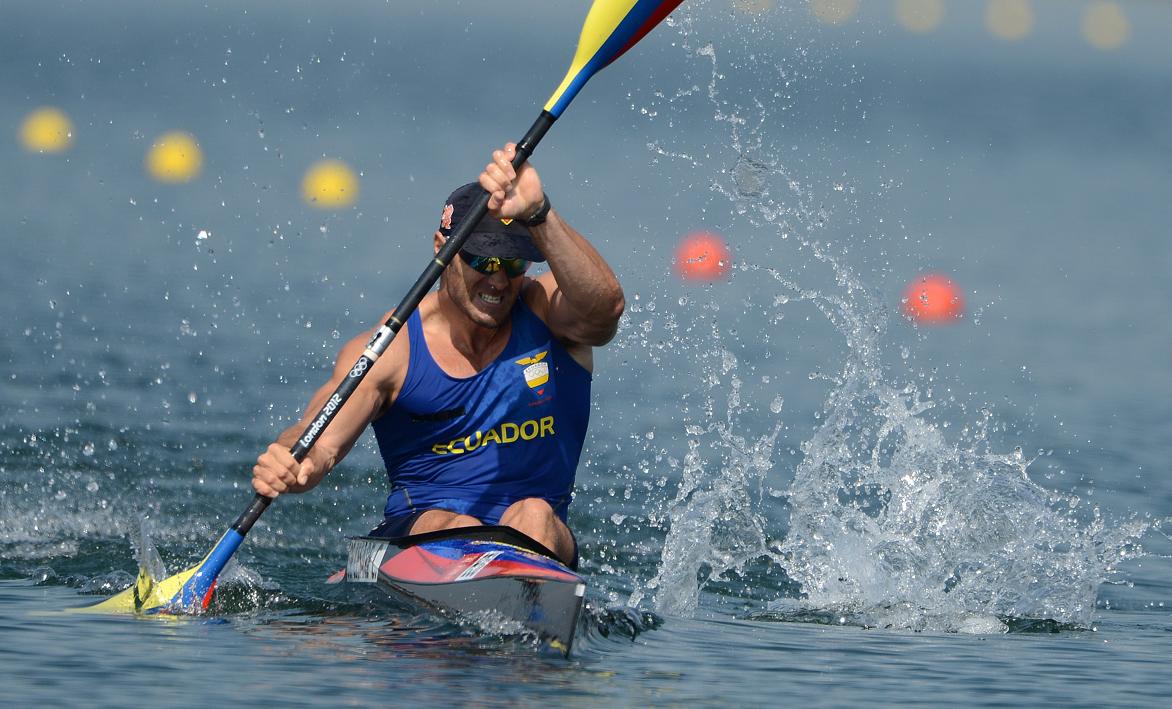SPEED IN CANOE
Speed in canoe
AUTHORS: Anahy Castelo, Amelie Leguizamo y Valentina Molina
Canoeing it’s an aquatic sport with the objective of crossing rivers in canoes or kayaks, without falling off. In this sport is important the speed, doing the least time while you are competing with teams or alone and being agile to cross obstacles like water falls or trouble water; that make canoeing a little bit dangerous. Canoes or kayaks are like little boats; they are usually made of wood or plastic and that are moved by rowing.
:max_bytes(150000):strip_icc()/directly-above-view-of-man-canoeing-in-canal-713841341-5ae758ffa18d9e0037a9c20a.jpg)
The difference between kayak and canoe is that the paddle of the kayak has 2 blades, while paddle of the canoe has a single blade. The paddle isn’t fixed on the kayak as it is usually in the sport of canoeing. Canoeing has different kinds of competitions, for example, in the international level there are five events in slalom canoe, it means that the person or people have to make many tricks as they can in 20 seconds.

The most outstanding canoeing athletes in 2015 are: César de Cesare, the 35-year-old Ecuadorian canoeist who won the bronze medal in sprint canoeing at the Toronto 2015 Pan American Games; in an interview he said they were training well and that was why they had a good chance of doing something important in Toronto. The Brazilian Edson Isaias Freitas da Silva won the silver medal in the 200 meters K1 canoeing event, he said he is the ninth athlete with the highest number of medals of the Brazilian flag team in the games. The Canadian Mark de Jonge won the gold medal with a time of 35.733, he is recognized because he said that he competes in the still water modality.



Canoeing is a sport practiced in different type of rivers, they compete in whitewater (fast shallow stretches of water in a river) or fast rivers, which means that rivers have some degree of turbulence in their course. This classification is used to measure the degree of difficulty that each one has for its navigation:
- Flat waters. These are not suitable for canoeing, their surface is flat, their eddies are hollow and their waves are not permitted in canoeing competitions.
- Class I. Waters: almost flat Turbulences: few Waves: small Degree of difficulty: easy
- Class II. Waters: hollows and holes of up to 25 cm. Turbulences: small and eddies Waves: small Degree of difficulty: easy
- With the next class begin the rivers considered fasters:
- Class III. Waters: turbulent with holes Waves: medium up to 1mt Degree of difficulty: medium Requires technique and knowledge of the river.
- Class IV. Waters: very turbulent with holes Waves: up to 2mt Degree of difficulty: high There may be considerable waterfalls Requires good technique and knowledge of the river.
- Class V. Waters: very turbulent white with holes and not very predictable Waves: more than 2mt Degree of difficulty: expert level required Existence of imminently dangerous waterfalls and whirlpools Requires expert level technique and knowledge of the river.
- Class VI. These are considered impossible to navigate or extremely difficult. In competitions it is common to participate in classes III and IV.
BIBLIOGRAPHY:
- https://es.wikipedia.org/wiki/C%C3%A9sar_De_Cesare
- https://es.wikipedia.org/wiki/Mark_de_Jonge
- https://es.wikipedia.org/wiki/Edson_Silva
Comentarios
Publicar un comentario